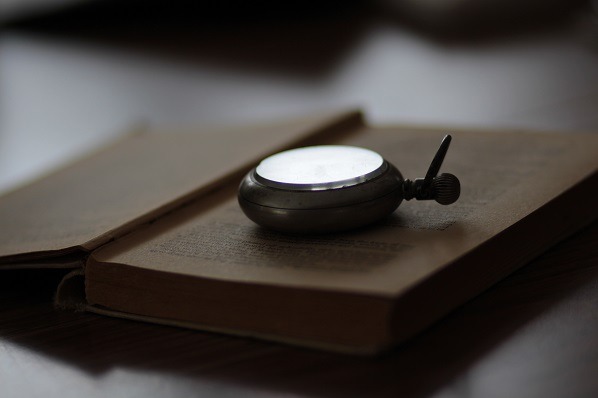The secret to any good short story is having that ‘a-ha!’ moment; the moment where everything comes together for the reader, where all the threads are tied up, and where they stop and say ‘damn, how did they do that?’
We’ve all had those moments as readers, but replicating that from the reverse side of the story, as a writer, is not easy. It was 19th Century American novelist Nathaniel Hawthorne who first said:
Easy reading is damn hard writing.”
It’s true. It is hard writing, and a lot of thought goes into it. But Hawthorne forgets to mention that there are ways to make it easier.
In literary writing, that ‘a-ha!’ moment comes from discovering a deep, hidden meaning within the text.
The reader realises that Miss Brill’s fox scarf is a metaphor for her loneliness (‘Miss Brill’ by Katherine Mansfield), or that there is something sinister going on in this small town (‘The Lottery’ by Shirley Jackson).
So how do you draw out that ‘hidden meaning’ within your short story; how do you write an ‘a-ha!’ moment without slaving over your story for hours?

The Story Object
This is my favourite way to start writing a story from scratch. The story object works first as a writing prompt, and then as the driving metaphor of your story.
The writer chooses any object. Physical objects work best because the point is to actualise something conceptual, which grounds the higher meaning of your story in something very realistic.
The object is simply a tool to explore your characters and themes, and could be anything from a pair of eyes (like The Great Gatsby) to a setting or place like the house in Cloudstreet.
For example:
In my story ‘Mrs. Metkin’s Lemons’ featured in Kindling Volume I, I started with a lemon tree as my story object. From there I started to imagine scenes of the lemon tree in a suburban backyard and an elderly woman who picked the fruit. Suddenly I had a setting and characters.
Next, I used the lemon tree as a metaphor throughout my short story. The tree began to represent the sour marriage between the old couple, and I played with imagery to weave the lemon tree into the story until it was almost its own character.
By starting with an object and forming a metaphor around it, the writer can slowly build the story up with layer upon layer of subtext until the reader naturally discovers the metaphor and the hidden meaning, resulting in that ‘a-ha!’ moment.
Pace Yourself
Once you’ve got your story object and your metaphor sorted, it’s natural that you want to rush out the writing and spill the beans to the reader.
The best part about reading a story and having that moment of sudden realisation is that it comes about slowly, it creeps up on the reader and in a matter of lines they’re shutting the book and saying, ‘Oooh!’ because it’s just too good.
When writing, pace the story out so that the metaphor you are building is revealed slowly. Take your time creating the characters, using dialogue, setting the scene. You’re writing a story after all, and a story needs much more behind it than a good metaphor or meaning.

Quick Tips
Short story writing is a craft, and like all writing, a lot of it is just down to practice and workshopping to find out what works. In his book, On Writing, Stephen King describes the story as a fossil, and the writer as an archaeologist:
Stories are found things, like fossils in the ground… Sometimes the fossil you uncover is small; a seashell. Sometimes it’s enormous, a Tyrannosaurus Rex with all those gigantic ribs and grinning teeth. Either way, short story or thousand-page whopper of a novel, the techniques of excavation remain basically the same.”
Here are some things to remember when excavating your short story:
Let your story breathe
There is no limit to the amount of words you can use to explore your story and the meaning of your object. If you reach 1500 words and you feel like you need more time to properly unveil the characters and plot, take it to 3000 or 5000 (or higher!)
The story will take as long as it takes. It’s easier to stretch out your draft and then work on cutting back in your edits, than to write too little and need to flesh out later on.
What is obvious to you, is subtle to the reader
Don’t rely on a few words to carry the meaning of your story across. Readers need to find the patterns within the story, and if the patterns aren’t consistently there then they might miss your metaphor!
The object doesn’t need to be the centre
Just because you have begun with the object doesn’t mean you need to limit yourself to it. Explore contrasting objects and imagery, pit two objects against each other and see how they create new (dis)connections.
You can start with an object and move on to a totally different story and metaphor. You are the writer, you can do whatever you want!